
11 February 2011
Itchy? Actually, she’s probably preening.
Preening is very important to a bird’s health and well-being. If her feathers aren’t in top condition she’ll lose warmth and perhaps some flight ability.
Birds spend hours every day methodically preening their feathers, using their bills to spread oil from their preen glands, align the feathers and remove parasites.
Many tiny parasites have evolved to eat feathers. Chewing lice eat the down and barbules, leaving the vane and barb structure. This gives damaged feathers a thin, almost see-through appearance.
Since their bills can’t reach their head and neck feathers, birds use their feet to vigorously scratch away the parasites. This works so well that the reverse it true. Those who are crippled or have lost a foot carry a heavy parasite load.
If you look closely at this female goldfinch you’ll see that the feathers on her scratching side look thick and normal but those on her non-scratching side look thin. I wonder if this is feather damage. Poor dear.
Scratching is good.
(photo by Chuck Tague)
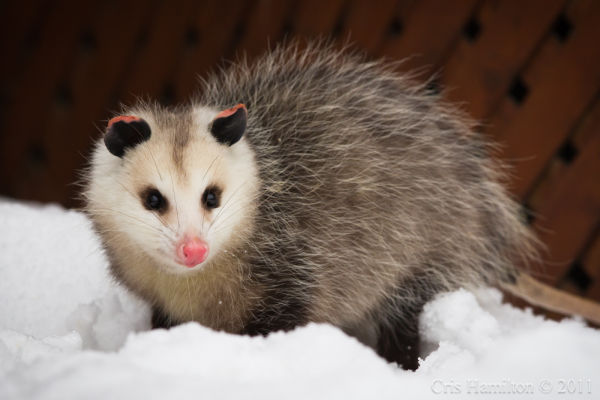
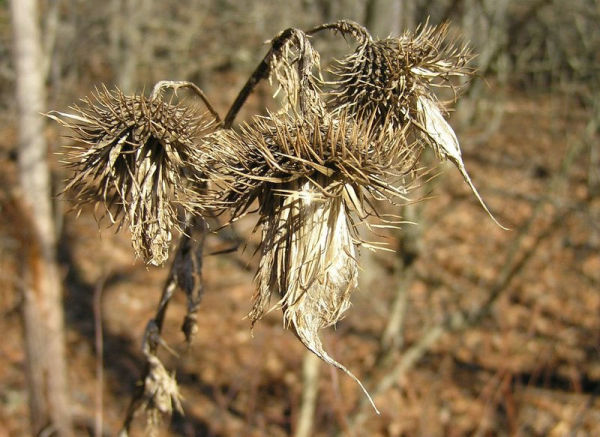
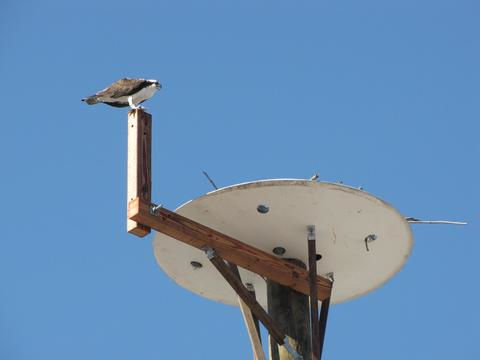
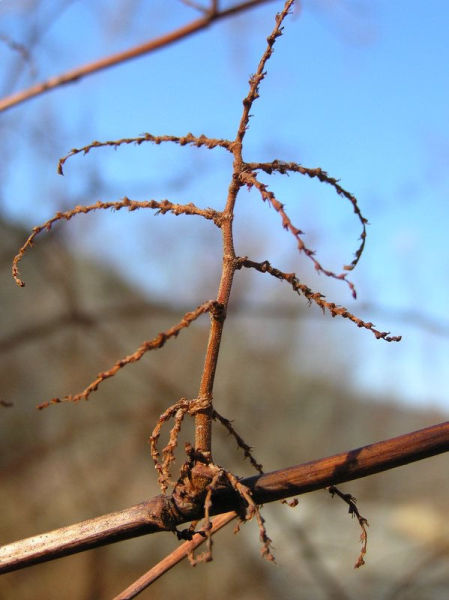
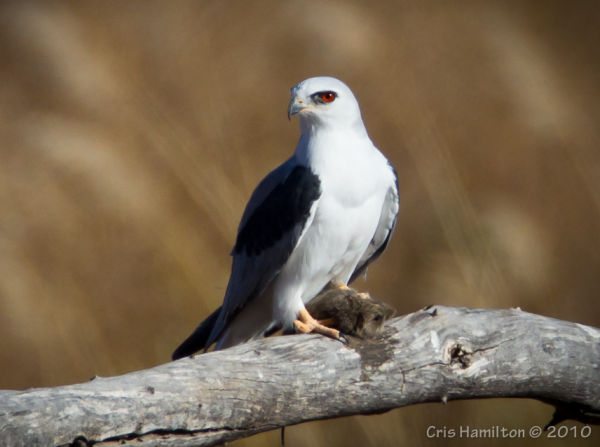
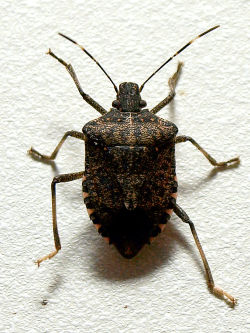
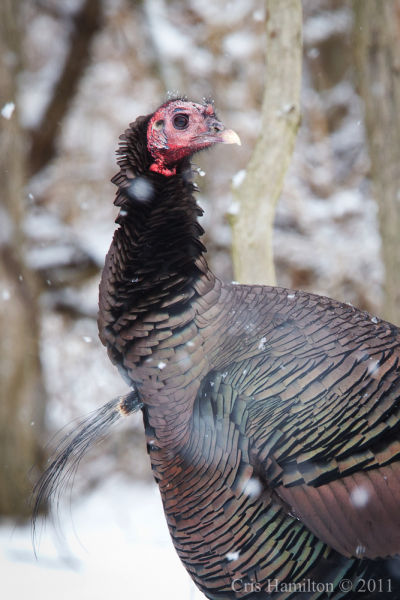

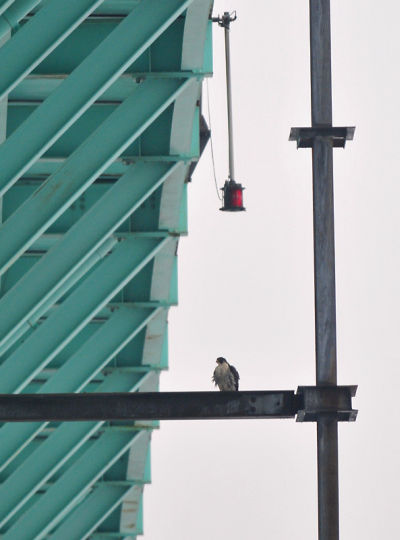 In the gloomiest days of winter I remind myself that I will like February.
In the gloomiest days of winter I remind myself that I will like February.